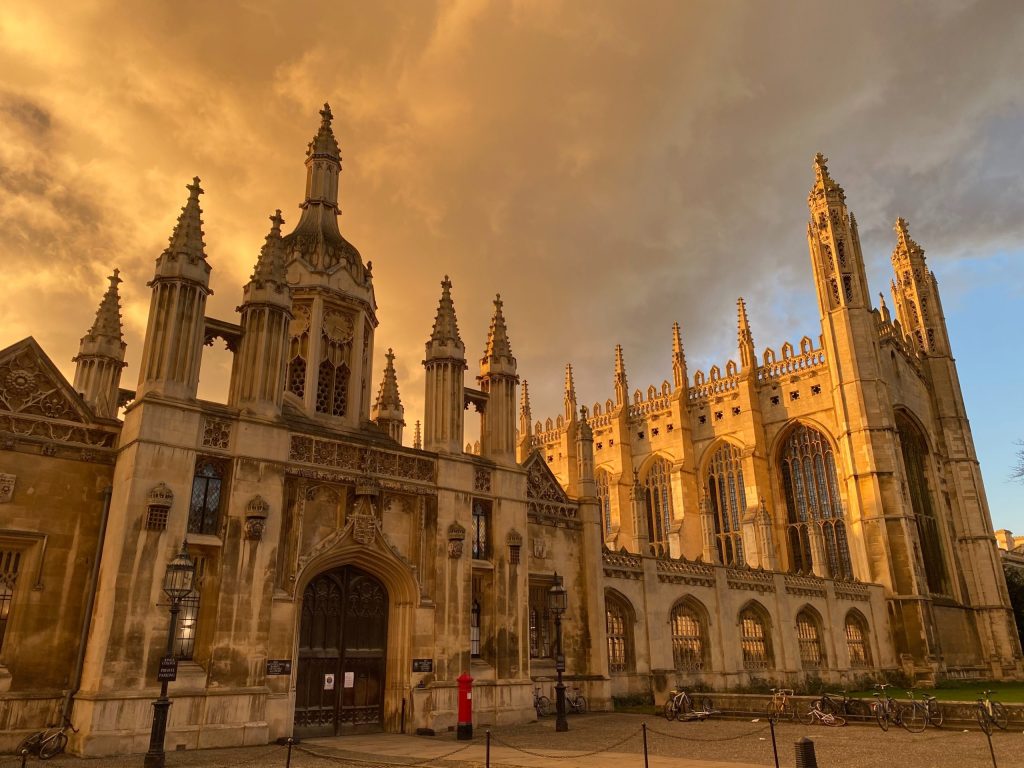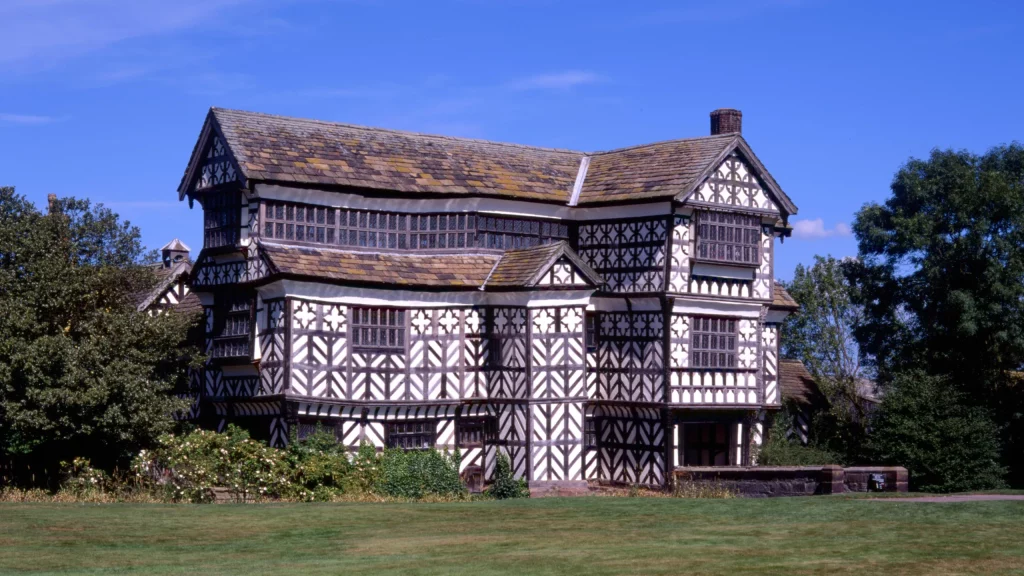Tudor architecture, quite frankly, is what happens when a country emerges from medieval chaos and collectively decides it deserves nicer houses—yet still hasn’t figured out central heating or symmetry. Imagine a world where every building looks like it’s permanently raising an eyebrow, where upper floors bulge over the street as if eavesdropping on gossip, and chimneys shoot into the sky like a fleet of brick rockets. It’s a style that screams “rustic charm” and “mild structural concern” in equal measure. Walk past a Tudor house and you’ll notice the timber beams arranged in patterns so enthusiastic they make modern minimalist architects break out in hives. It’s as if England, in the late 15th century, looked at straight lines and said, “No thanks, we’d rather wobble with character.” The result is architecture that’s crooked, charming, wonderfully eccentric, and unmistakably English—like a country manor that’s had one too many pints but can still recite Shakespeare flawlessly.

Tudor architecture emerged during the reign of the Tudor dynasty, spanning 1485 to 1603, a period marked by political stability, the rise of merchant wealth, and a cultural identity in transition. As England moved away from medieval feudalism, people began to build homes that reflected comfort, status, and craftsmanship rather than defence and fortification. This shift created a distinct architectural style that combined medieval traditions with early Renaissance influences, producing buildings that feel both grounded and imaginative.
The Unmistakable Character
The defining features of Tudor architecture include half-timbered façades with dark wooden beams set against bright white plaster, creating patterns that appear almost hand-stitched onto the landscape. These homes often feature steeply pitched roofs designed to shed England’s endless rainfall, along with tall, ornate chimneys that became status symbols in their own right. Windows transformed dramatically during this era as well, expanding in size and number thanks to advancements in glassmaking. Leaded panes arranged in diamond or rectangular grids became a hallmark, filling rooms with fragmented light and a sense of gentle antiquity. Interiors centred around massive fireplaces, exposed beams, carved wooden screens, and long halls designed for gatherings, showcasing the emerging importance of domestic life and social display.

The Influential Tudor Figures
The people associated with the rise of Tudor architecture played varied roles—some as patrons, others as designers, and many as influencers of taste and ambition. Henry VIII stands out as the most notorious architectural patron of the period. His appetite for lavish households led to major expansions of royal properties, most famously Hampton Court Palace. Though he lacked technical skill, his desire for grandeur shaped the development of early Tudor style on a national scale. Cardinal Thomas Wolsey, his ambitious minister, was the original mastermind behind Hampton Court’s construction, blending brickwork, chimneys, courtyards, and long galleries into a template for aristocratic living.

The Most Iconic Tudor Buildings
Among the most famous Tudor buildings, Hampton Court Palace remains the crown jewel. Its red-brick exterior, decorative chimneys, vast kitchens, and intricate courtyards demonstrate the full power of early Tudor domestic architecture. Little Moreton Hall in Cheshire offers a contrasting example with its exaggerated timber frame, jettied upper floors, and charming, gravity-defying angles. Shakespeare’s Birthplace in Stratford-upon-Avon has become one of the most photographed Tudor structures in the world, preserving the timbered aesthetic in its purest, most intimate form. Additional landmarks such as Sudeley Castle and the Tudor additions to the Tower of London showcase the style’s reach across both aristocratic and civic architecture.

The lasting influence of Tudor architecture extends far beyond the 16th century. In the 19th and early 20th centuries, a “Mock Tudor” revival swept through Britain and America, turning suburban streets into nostalgic storybook scenes complete with timber-framed façades and diamond-paned windows. Even today, Tudor elements appear in boutique hotels, country homes, and contemporary reinterpretations that blend historic charm with modern convenience.
The Cultural Significance
What makes Tudor architecture endure is not perfection but personality. It celebrates craftsmanship, individuality, and the warmth of domestic life. In a world increasingly dominated by glass towers and clinical minimalism, Tudor buildings remind us that homes can have quirks, character, and a sense of lived-in history. They stand as England’s architectural wink—a little crooked, slightly unpredictable, yet utterly unforgettable.











